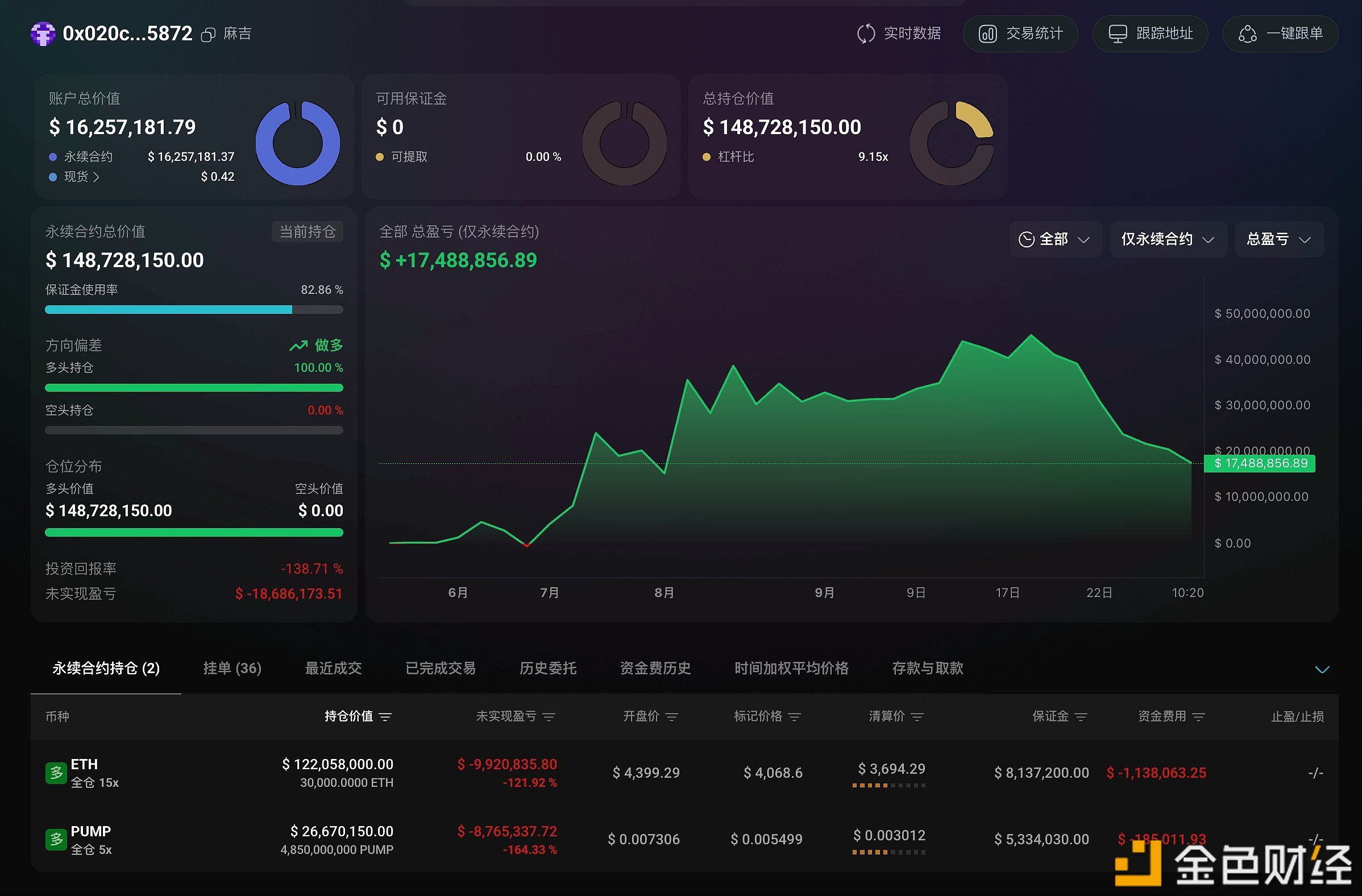Report: 90% of current cyber attacks are dominated by AI-driven social engineering attacks rather than technical vulnerabilities
PANews reported on May 15 that according to CryptoSlate, the latest cyber threat report released by Avast shows that social engineering will occupy a significantly dominant position in cyber threats in the first quarter of 2024. The report shows that nearly 90% of cyberattacks on mobile devices and 87% of cyberattacks on desktop devices involve scams, phishing, and malvertising, exploiting more human vulnerabilities than technical vulnerabilities.
The report points out that there has been a significant increase in scams using advanced technologies such as deepfake videos and AI-manipulated audio. These scams often use hijacked YouTube channels and other social media platforms to spread fraudulent content. The report highlights that this type of deception is becoming increasingly sophisticated, with cybercriminals using high-profile events and figures to increase the credibility of their scams. YouTube, in particular, has become a key vector for these threats. Avast's telemetry data shows that 4 million unique users were protected from YouTube-based threats over the past year, with approximately 500,000 users protected in the first quarter alone. Cybercriminals are increasingly exploiting YouTube's automated advertising and user-generated content capabilities to bypass traditional security measures and deploy attacks ranging from phishing campaigns to malware distribution.
As technology-focused encryption attacks and hacking attacks have declined over the past year, Avast's report showcases an increase in non-technical attacks. Human vulnerabilities are often the most difficult aspect of operational security, and artificial intelligence appears to have made enough progress to present considerable challenges for security experts.
Disclaimer: The content of this article solely reflects the author's opinion and does not represent the platform in any capacity. This article is not intended to serve as a reference for making investment decisions.
You may also like
Benchmark analyst reiterates "Buy" rating on Japanese crypto company Metaplanet

GAIN official: Investigating issues related to abnormal token over-issuance
Data: 10 addresses received a total of 210,000 ETH within 6 hours, worth approximately $863 millions.